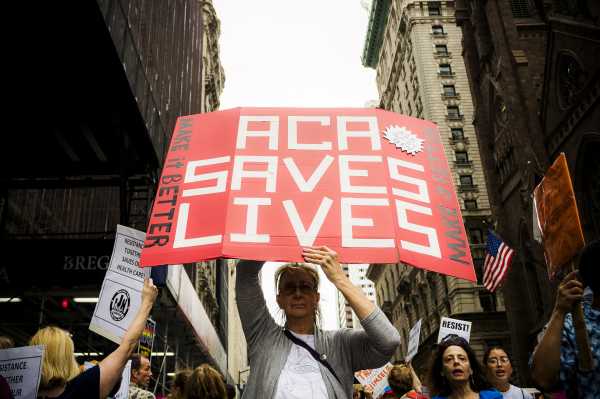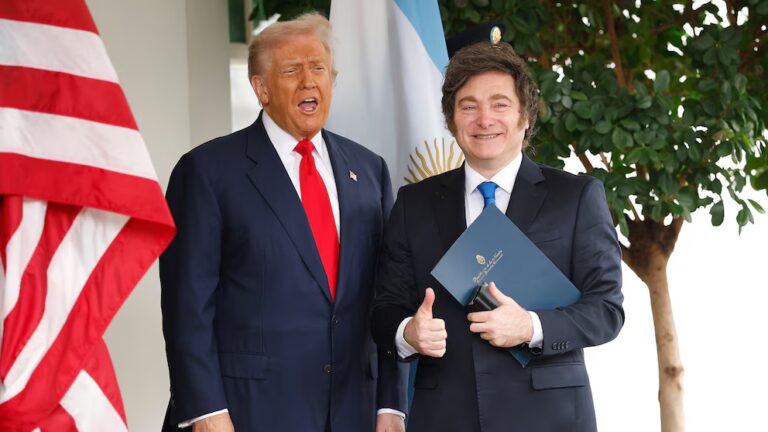
The Urban Institute, a major left-of-center policymaking outfit, has released an expansive and ambitious new plan to expand health insurance coverage: the Healthy America program.
This isn’t quite Medicare-for-all, but that’s part of the selling point. The idea is to not totally disrupt the existing system, especially the employer-based coverage that covers half of Americans. I would think of this more as a superduper-charged Affordable Care Act, at least for starters.
vox-mark
VoxCare
Subscribe
By signing up, you agree to our Privacy Policy and European users agree to the data transfer policy.
For more newsletters, check out our newsletters page.
Here are the bones of the proposal:
- A new insurance market would feature private health plans and a public option.
- Much of the Medicaid population would move into this new market: Children and the disabled would receive supplemental benefits to make sure they get the same level of coverage as they currently do, and the program would continue to cover long-term care separately.
- The default plan would be more generous than the ACA’s: covering 80 percent of health care costs, compared to 70 percent. Lower-income people could also choose plans that cover an even higher share of their health care costs.
- Premiums would be based on a sliding scale and more generous than Obamacare’s. People who make 138 percent of the federal poverty level or less ($27,000 for a family of three) would pay no premiums for that default plan, and premiums would rise slightly the more income a person makes. There would be no upper limit for subsidies as there is under the ACA: A family making more than 400 percent of the federal poverty level ($98,400), which is the current cut-off for assistance, would not have to pay more than 8.5 percent of their income on premiums for the default plan.
- Rather than have an individual mandate, Americans would lose a share of their standard tax deduction if they were uninsured. The goal is to find a balance between the need to encourage healthier people to buy insurance while recognizing the unpopularity of the mandate, the Urban Institute researchers said.
- Low-income people — those eligible for food stamps or cash welfare programs — would be automatically enrolled in an insurance plan if they are found to be uninsured.
- Payments to health care providers under these Healthy America plans would be capped at Medicare rates.
- Obamacare’s rules prohibiting preexisting conditions and requiring that certain essential health benefits be covered would remain.
- Employer-based insurance, the traditional Medicare program, the Veterans Administration health care program, and the Indian Health Service would be left in place.
At the top level, there are several important features to this plan
The Urban Institute projected that if we swapped out Obamacare for Healthy America, the uninsured rate would drop from 10.9 percent to 6.7 percent in 2019. That would still leave 18.4 million Americans uninsured — a big flaw, I’m sure, in the eyes of people advocating for a truly universal health care program — but that is down from 34.3 million uninsured currently.
This is another well-thought-out plan from a smart group of people to toss in the hopper, as the left tries to figure out the next steps in its health care agenda.
This story appears in VoxCare, a newsletter from Vox on the latest twists and turns in America’s health care debate. Sign up to get VoxCare in your inbox along with more health care stats and news.
Join the conversation
Are you interested in more discussions around health care policy? Join our Facebook community for conversation and updates.
Sourse: vox.com






